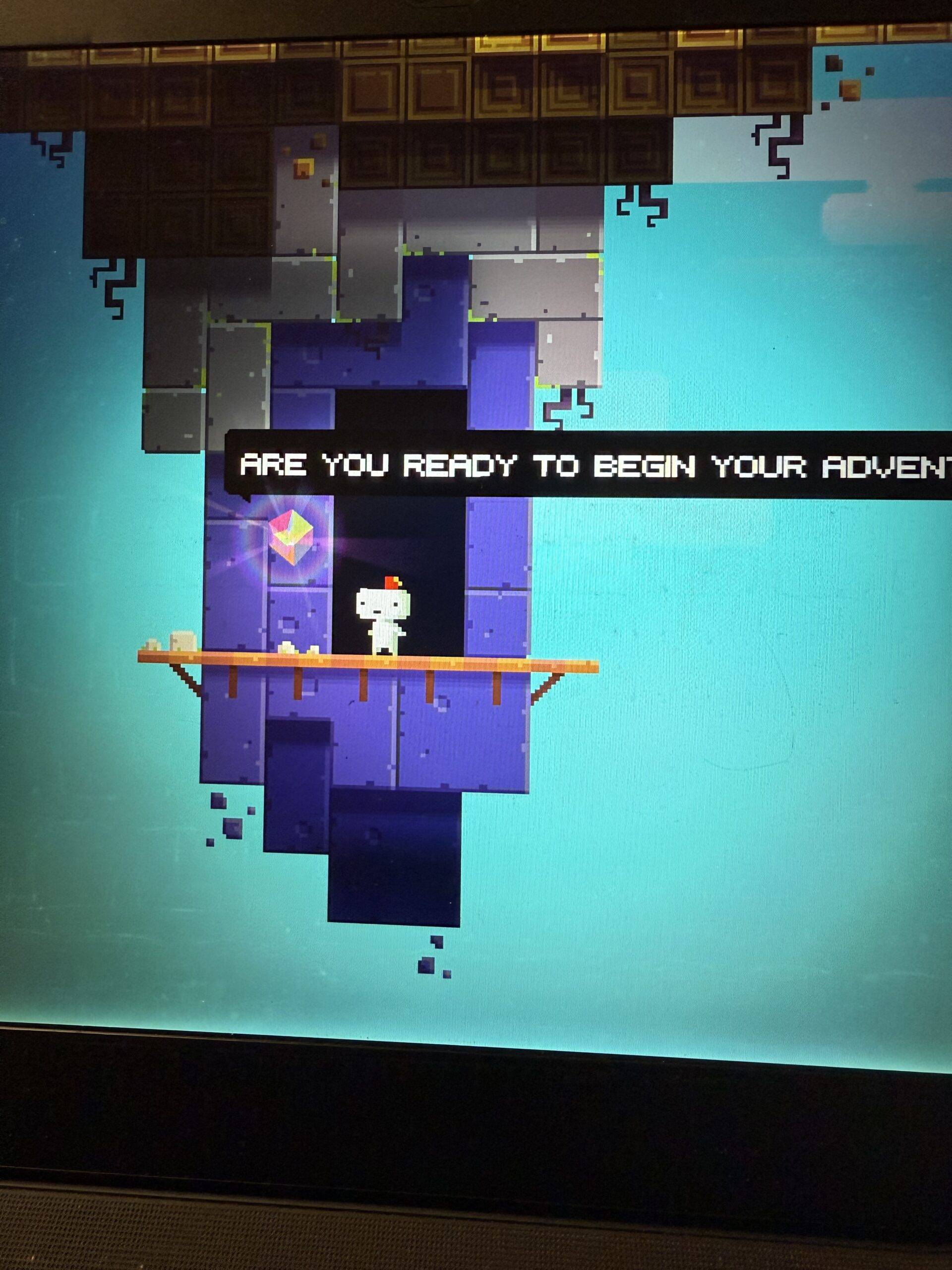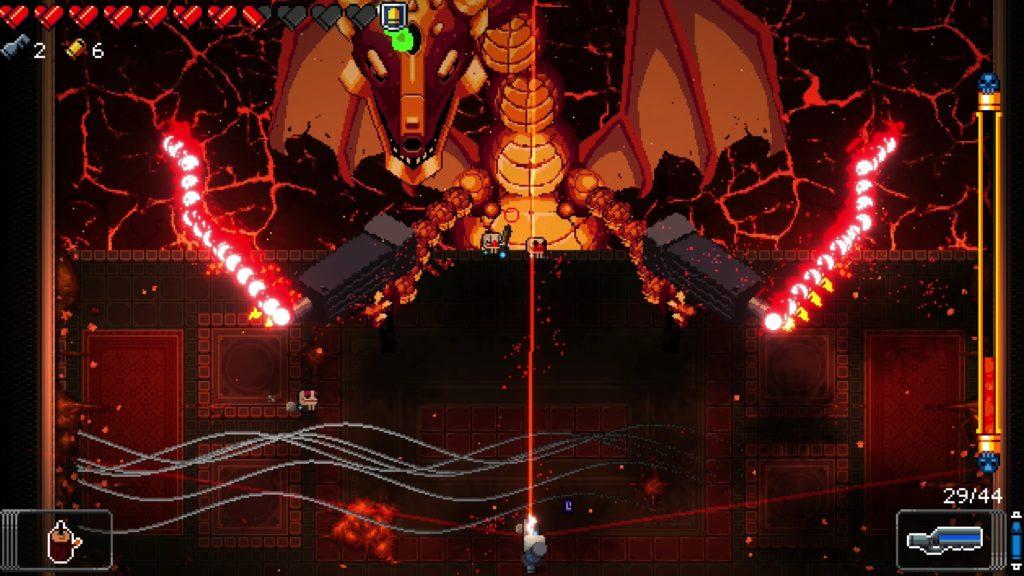The game I decided to play for this critical play is called Fez, a 2012 indie puzzle-platform game developed by Polytron Corporation and published by Trapdoor. This game is target toward audiences of 9+ years of age. Players can rotate between four 2D views of the 3D world, as four sides around a cube-like space. This rotation mechanic reveals new paths through the levels by connecting otherwise inaccessible platforms, and is the basis of Fez’s puzzles. This rotation mechanic adds another dimension of fun where the player gets to explore but also is withheld from information that could allow them to make decisions that will solve the puzzle. As I player this game I realized that this game’s type of fun is definitely that of exploration like talked about in class. Not only are the visuals nice, but it is fun to go from perspective to perspective to figure out the complete layout of the level you are in. As pictured below, you can see how I was in Gomez’s (the main character) room and switched perspectives to be able to see more. As you switch thorugh different perspectives, you are sometimes able to do even more in the game: stuff you believed would not be possible otherwise.


Switching around perspectives makes it feel like some information is being purposefully withheld from the player and they have to figure out how to correctly use the right perspectives to make it through the level. This rotation mechanic also reminded me of the reading we did for class where we talked about architecture in games. This is a way of architecture that helps keep up suspense in the game and also gives the player motivation to figure out the right configuration to get through the level. The game itself also seemed to encourage this explorative behavior as it prompted the user to continue exploring the landscape so it could collect all of the yellow cubes. The game phrased this exploration as an adventure: a way in which the player can help Gomez prevent the world from ending and save everyone he knows in his 2D world. You can see examples of these prompts below as I played through the first couple of levels and I had my fellow companion encourage me to keep going and figure out how to get all of these cubes so I could pass on to the next level. The game designers were definitely smart to add this 2D to 3D component because players are able to see a whole new side of the game they had never seen before, alongside Gomez.


Fez is a good game at keeping things accessible and not making assumptions about a person’s background. It gives you a clear enough tutorial on how to do things and how to use different keys. It shows you how to swap between perspectives and how to interact with different objects (as shown in the image below). The designers of the game do not really assume that much knowledge from the player in any particular subject. One could make an argument about geometrical thinking, but even that is not the game cause there is no heavy emphasis on knowing geometry just to be able to beat a level. The players are actually assumed to know nothing about the game, even if they might have played puzzle-platform games like these before. This is helpful for players who are new to this type of genre and want to get into it and have fun playing.




